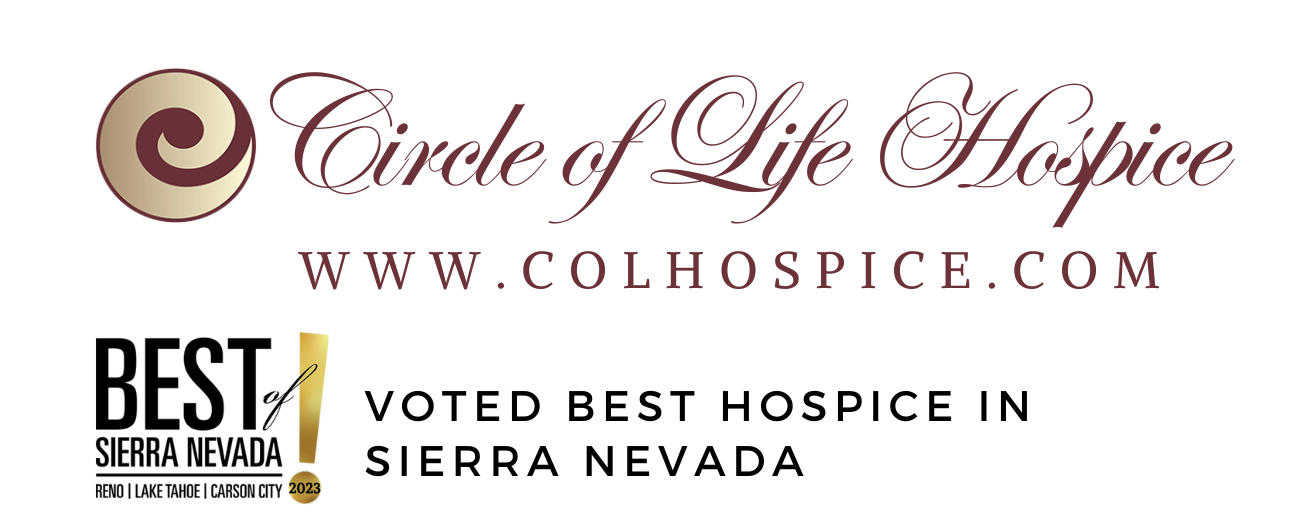
The History of Death Cafe
The seeds for the idea of death café were sown by Bernard Crettaz of Switzerland. In the early 2000s Jonathan Underwood (Deceased, 2017) along with Sue Barsky Reid, both from England, led the current international movement. In 2013, there were fewer than 100 death cafes being held worldwide. Today, there are more than 14,000 Death Cafes across 82 countries.
What Is It?
It is an open forum where people who are interested in the many topics associated with death and dying can come together to discuss subjects of their choice, fears around dying, and stories they may want to share with others. It is an event (usually two hours in duration) that is inclusive of all religions, philosophies and choices of hospice care (should that be a topic of discussion). There is no intent of leading participants to any particular conclusion, product, or course of action. The events are held in an open, respectful, and confidential space. All views are welcome and honored. Death cafes are facilitated by one or more facilitators and topics of discussion are determined by participants. Death cafes are always free.
What It Isn’t
A death cafe is not a bereavement or grief support group. It is also not a forum for telling long stories of life events or a platform for promoting any particular philosophy or selling products.
Its Purpose
The goal of Death Cafe is to help people be more comfortable with the many facets of death and dying; overcome their fears about dying; understand that only by embracing death can one fully live; be aware that comfort with dying is available in this country; learn more about the culture of dying in America; and feel safe enough to discuss your personal death and dying experiences. We also hope that these discussions will open up needed dialogue between family members so that each person knows what their loved one’s wishes are at the end of life.

